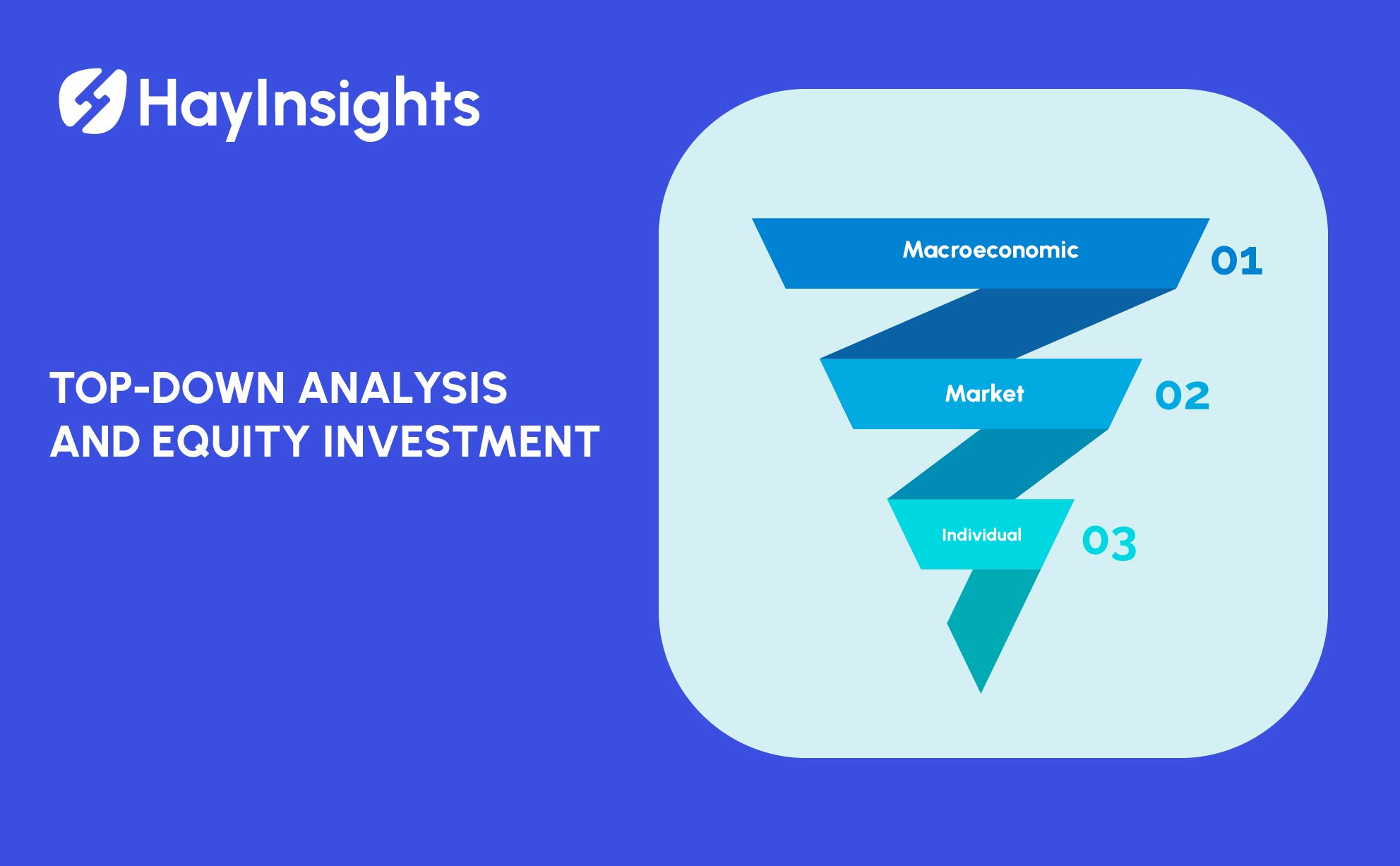
Insurance and Fund Investment in Japan: A Comprehensive Guide 2024
Japan’s financial landscape is well-developed, with insurance and investment products playing a crucial role in the lives of individuals and families. Increasingly, these two sectors are interlinked, as insurance companies offer products that integrate risk coverage with fund investment opportunities. This fusion provides policyholders financial security while offering a pathway to grow their wealth.
In this article, we’ll explore how insurance and fund investment are intertwined in Japan, shedding light on key products, market trends, benefits, risks, and strategic financial planning.
Understanding Insurance in Japan
Insurance in Japan is more than just a safety net—it’s a cornerstone of long-term financial planning. The industry is regulated by the Financial Services Agency (FSA), ensuring reliability and trust. Here’s a breakdown of common insurance types:
1. Life Insurance (生命保険)
- Traditional Life Insurance: Offers death benefits and often includes a cash accumulation feature.
- Variable Life Insurance: Combines life coverage with investments in funds, allowing policyholders to benefit from market growth.
- Whole Life Insurance: Provides lifelong coverage and a guaranteed savings component.
2. Health Insurance (医療保険)
- Policies often focus on specific needs, such as critical illness or cancer coverage, and may include investment components.
3. Endowment Insurance (養老保険)
- Combines life coverage with a guaranteed maturity payout, functioning as a low-risk investment vehicle.
4. Annuities (年金保険)
- Designed for retirement planning, these policies often link payouts to the performance of investment funds.
Fund Investment Integration in Insurance Products
Japanese insurance companies increasingly offer products tied to fund investments, creating hybrid solutions that cater to the dual needs of protection and wealth accumulation.
1. Variable Life Insurance and Unit-Linked Products
- Policyholders pay premiums, a portion of which is invested in funds such as equity, bond, or balanced funds.
- The cash value of these policies fluctuates with market performance, offering higher growth potential compared to traditional insurance.
- Flexibility: Investors can adjust fund allocations as their financial goals change.
2. Diversification Across Asset Classes
- Insurers provide access to domestic and international funds, allowing for diversification.
- Popular options include Japanese equity funds, foreign equity funds, bond funds, and balanced funds.
3. Tax-Efficient Wealth Accumulation
- Insurance-linked investments often come with tax benefits, such as deductions on premiums and reduced inheritance tax for payouts.
Benefits of Combining Insurance and Investment
1. Wealth Growth with Security
- While traditional investments may involve significant risk, insurance-linked products provide a safety net in the form of a death benefit or guaranteed payouts.
2. Tax Advantages
- Premiums for certain life and health insurance policies are partially tax-deductible in Japan.
- Payouts to beneficiaries often enjoy favorable tax treatment, making these products ideal for estate planning.
3. Flexible Financial Planning
- Products like variable life insurance allow policyholders to tailor fund allocations based on their risk tolerance and financial objectives.
4. Retirement Readiness
- Annuities with investment components ensure a steady income stream in retirement, helping policyholders maintain their standard of living.
Key Players in Japan’s Insurance-Linked Investment Market
Domestic Insurers
International Insurers
- Aflac Japan
- Prudential Japan
These companies offer innovative insurance products with investment options tailored to the Japanese market.
Risks and Considerations
While insurance-linked investments offer numerous benefits, they are not without risks:
1. Market Volatility
- The cash value of variable life insurance and unit-linked products is subject to market fluctuations.
2. Fees
- Management fees for fund-linked insurance products can be high, reducing overall returns.
3. Currency Risk
- Products linked to foreign funds expose policyholders to exchange rate fluctuations.
4. Complexity
- Understanding the terms and investment mechanisms of these products can be challenging, especially for novice investors.
How to Use Insurance-Linked Investments Effectively
1. Assess Your Financial Goals
- Determine whether your primary objective is risk coverage, wealth growth, or retirement planning.
2. Diversify Your Portfolio
- Use insurance-linked investments as part of a broader portfolio that includes stocks, bonds, and other asset classes.
3. Evaluate Risk Tolerance
- Choose investment-linked policies based on your comfort with market risks.
4. Monitor Performance
- Regularly review fund allocations and make adjustments to align with changing financial circumstances.
Future Trends in Insurance and Fund Investment in Japan
As Japan grapples with an aging population and a low-interest-rate environment, insurers are innovating to meet evolving customer needs. Future trends include:
- Digital Transformation: Online platforms offering greater transparency and ease in managing insurance-linked investments.
- Sustainable Investments: Products tied to ESG (Environmental, Social, and Governance) funds.
- Customized Solutions: Personalized investment-linked insurance policies catering to individual preferences.
Conclusion
The convergence of insurance and fund investment in Japan provides individuals with powerful tools for financial planning. These hybrid products offer a blend of security and growth potential, making them an essential part of any comprehensive financial strategy.
However, understanding the intricacies of these offerings is crucial. By carefully evaluating goals, risks, and costs, policyholders can maximize the benefits of insurance-linked investments while safeguarding their financial future.













